Famous photos from the civil rights movement
Photography has a unique way of capturing the essence of a moment, and during the Civil Rights Movement, it did just that. Photos from this era not only document historical events but also convey the emotions and struggles of those fighting for equality.
The powerful imagery from this time continues to resonate, reminding us of the bravery and determination that fueled the movement.
The Greensboro Sit-In – Young Voices for Change
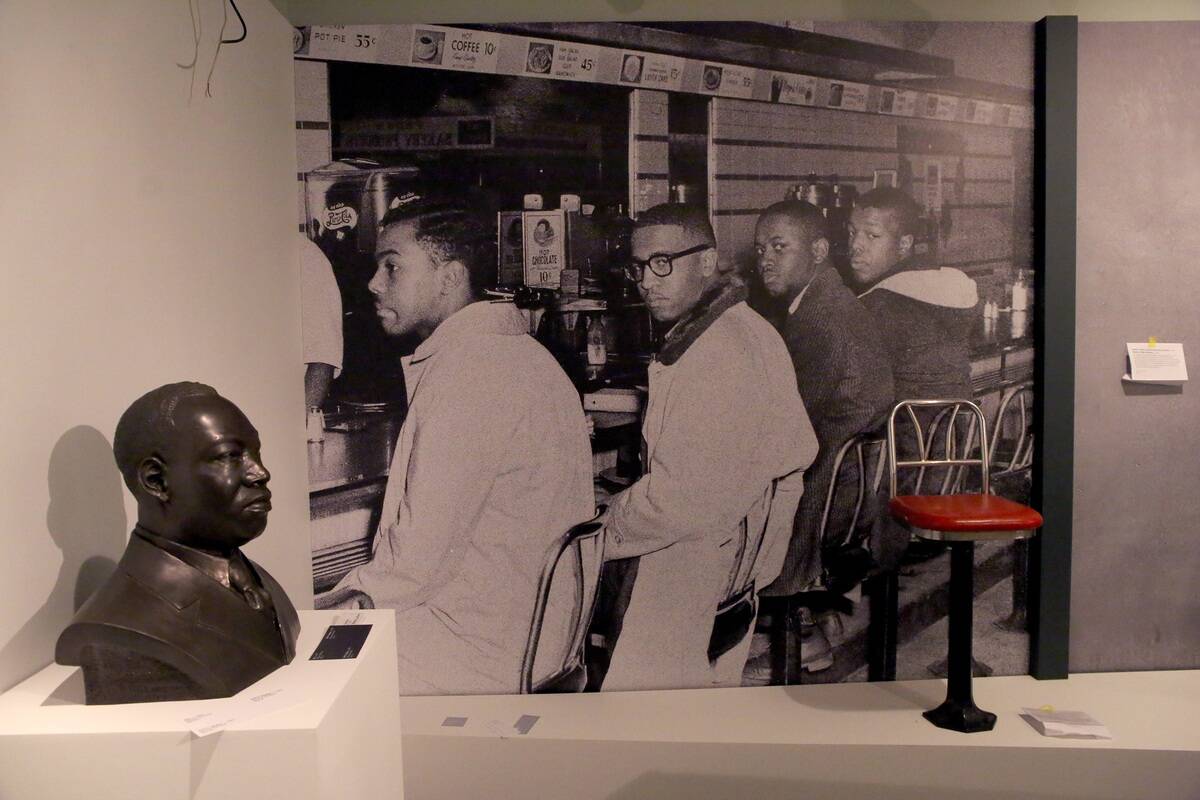
In February 1960, four African American college students staged a sit-in at a Woolworth’s lunch counter in Greensboro, North Carolina.
This peaceful protest against segregation quickly spread across the South, with thousands of young people joining the movement. The sit-ins highlighted the power of youth activism and the importance of nonviolent resistance in challenging racial discrimination.
“March on Washington” – Capturing a Historic Gathering
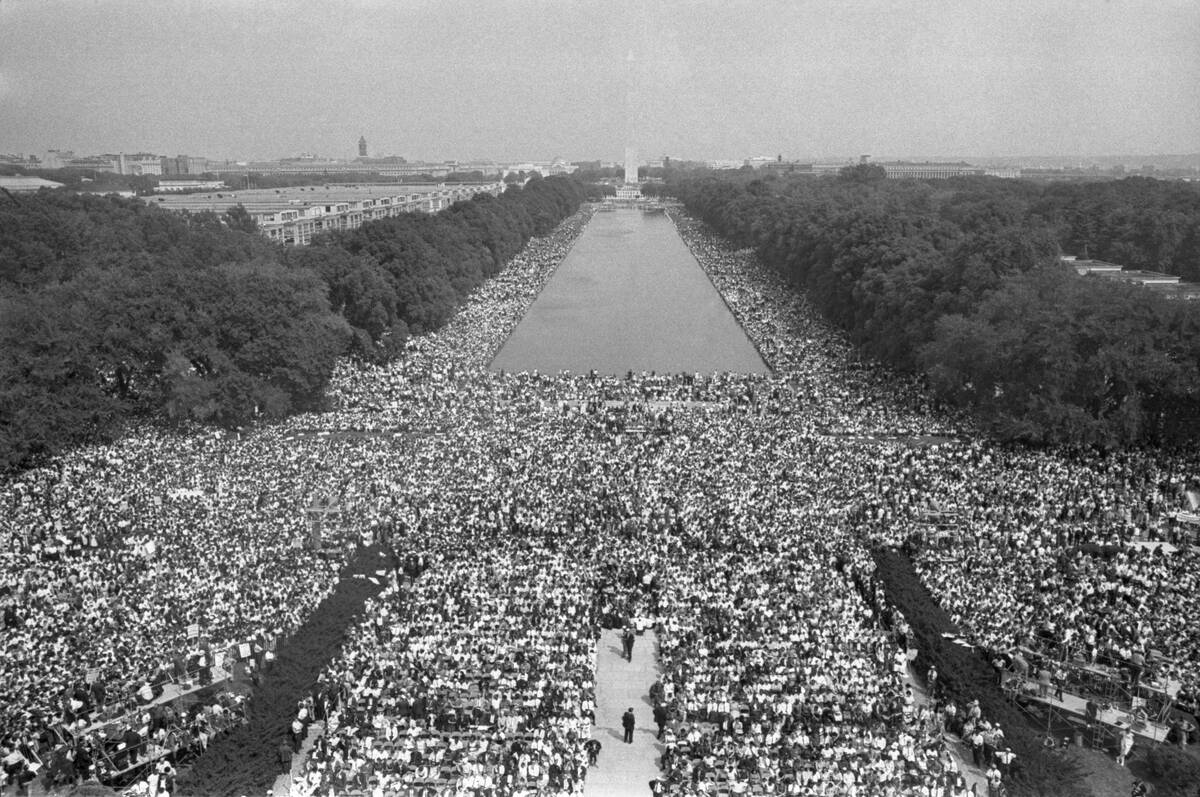
The March on Washington for Jobs and Freedom, held on August 28, 1963, was a monumental event in the Civil Rights Movement.
Over 250,000 people gathered at the Lincoln Memorial to demand civil and economic rights for African Americans. Photographs from this day capture the sheer size and diversity of the crowd, underscoring the unity and resolve of those fighting for change.
“I Have a Dream” – Dr. King’s Defining Moment
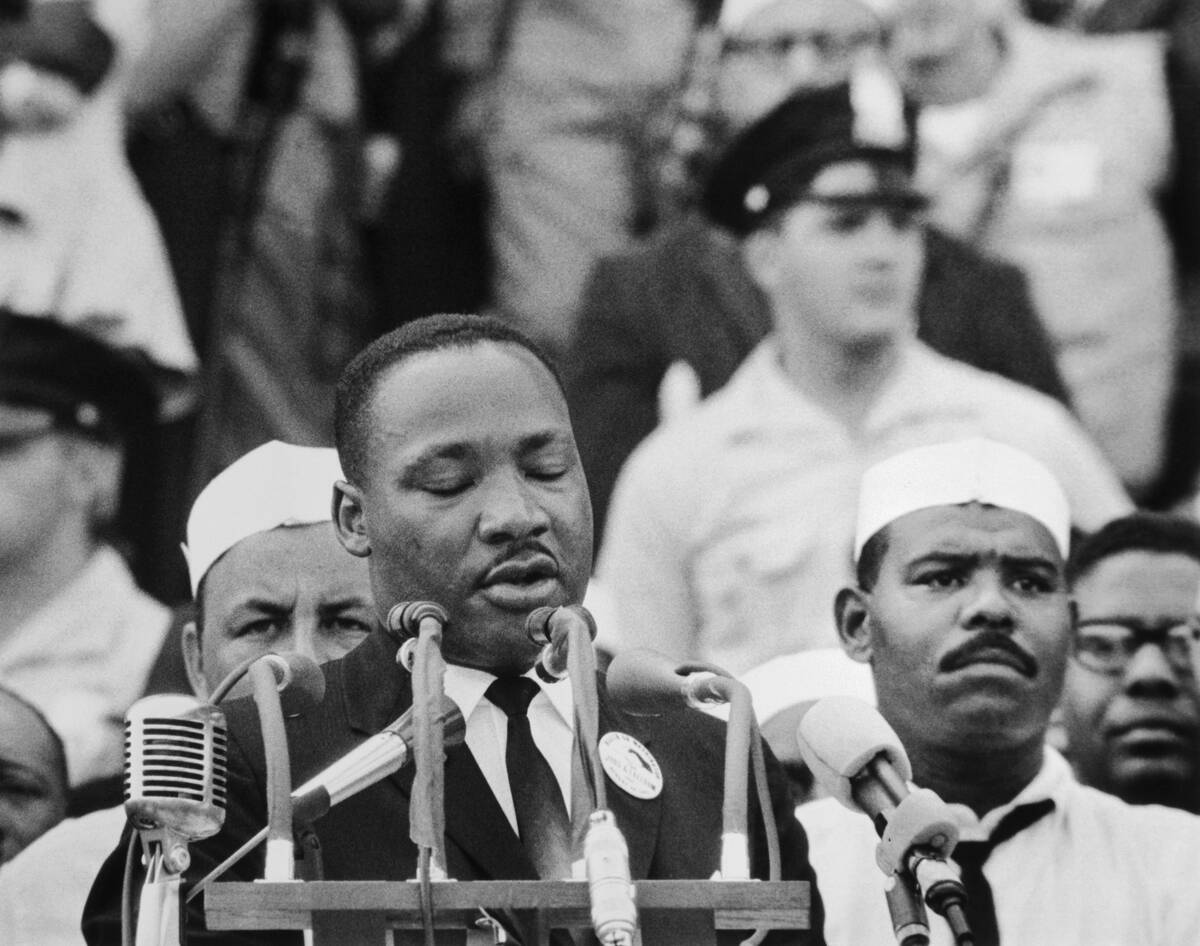
Dr. Martin Luther King Jr.’s “I Have a Dream” speech is immortalized in photographs and footage that capture the passion and hope of that day. Delivered during the March on Washington, the speech called for an end to racism and for civil and economic rights.
The images of Dr. King speaking to the massive crowd became a symbol of the movement’s aspirations and its enduring impact on American society.
“Selma to Montgomery March” – The Fight for Voting Rights
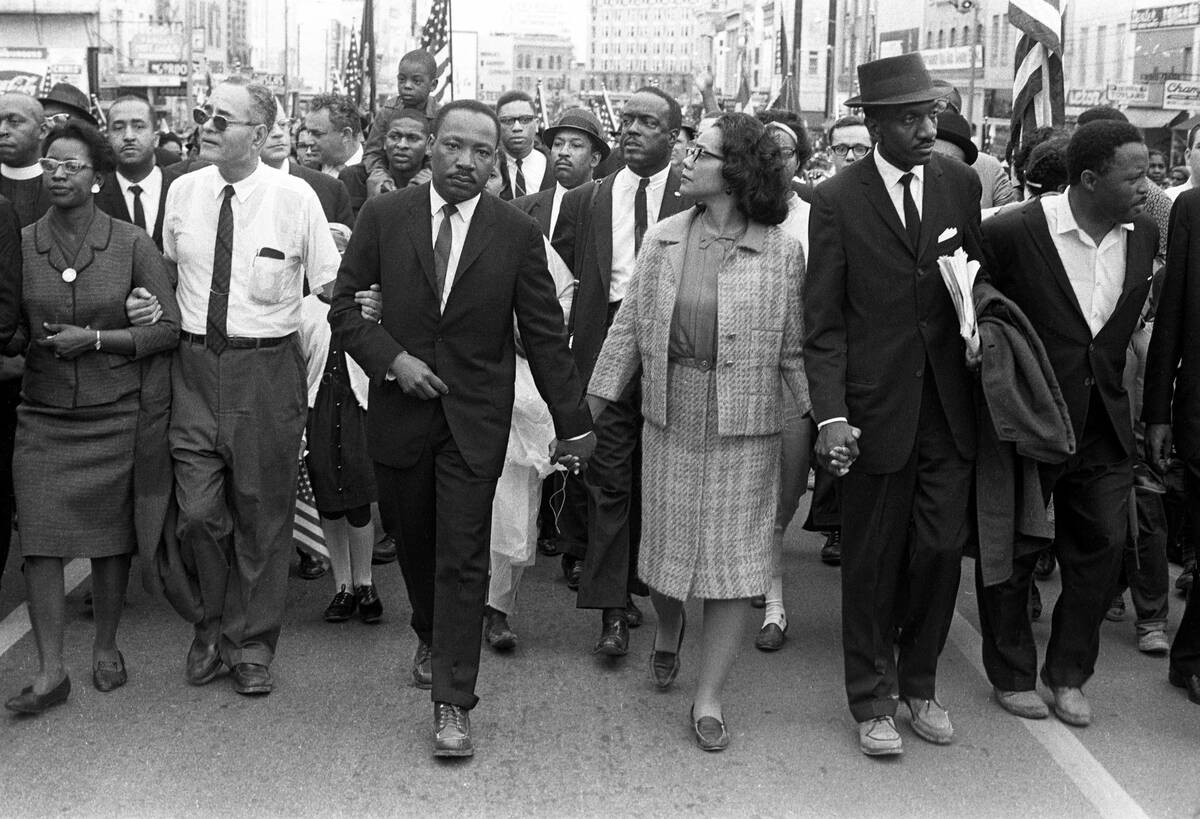
The Selma to Montgomery marches in 1965 were pivotal in the struggle for voting rights. The first march, known as “Bloody Sunday,” was met with violent opposition, but images of the brutality shocked the nation and galvanized support.
The subsequent successful marches, captured in photographs, highlighted the determination of activists and led to the passage of the Voting Rights Act of 1965.
“Fire Hoses and Police Dogs” – The Birmingham Campaign

In 1963, Birmingham, Alabama, became a focal point of the Civil Rights Movement. The campaign aimed to desegregate public facilities and draw attention to racial injustice.
Photographs of children and adults being attacked with fire hoses and police dogs sparked outrage and sympathy, leading to increased national support for the movement. These images showed the harsh reality of segregation and the courage of those who stood against it.
“The Little Rock Nine” – Bravery in Desegregation
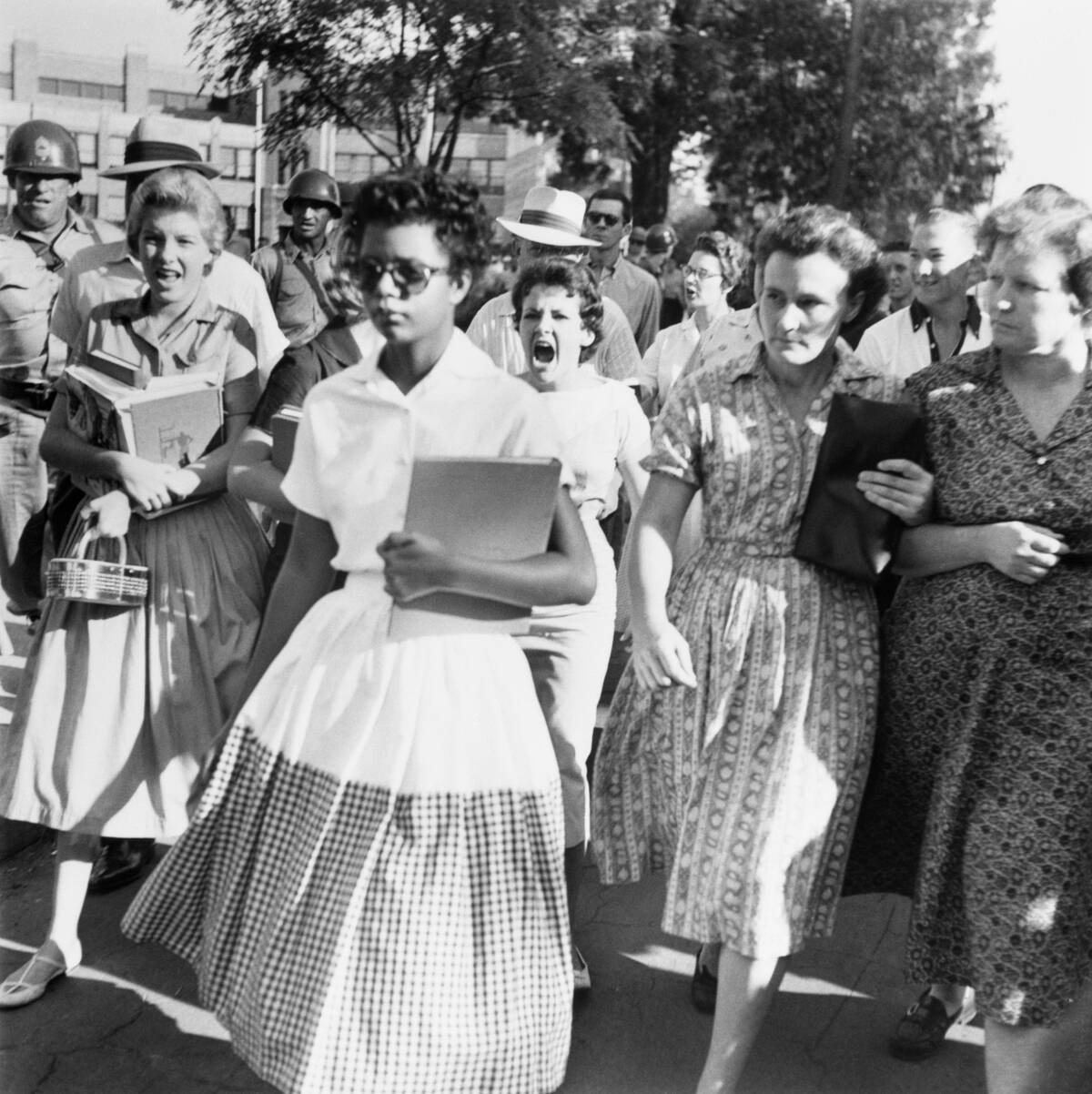
The photographs of the Little Rock Nine, a group of African American students integrating Central High School in Little Rock, Arkansas, in 1957, are iconic. These students faced intense hostility and violence, yet they persevered, becoming symbols of resilience and courage.
The images of their determined faces amidst angry crowds illustrated the challenges of desegregation and the strength required to overcome them.
“Freedom Riders” – Courage on the Bus to Equality
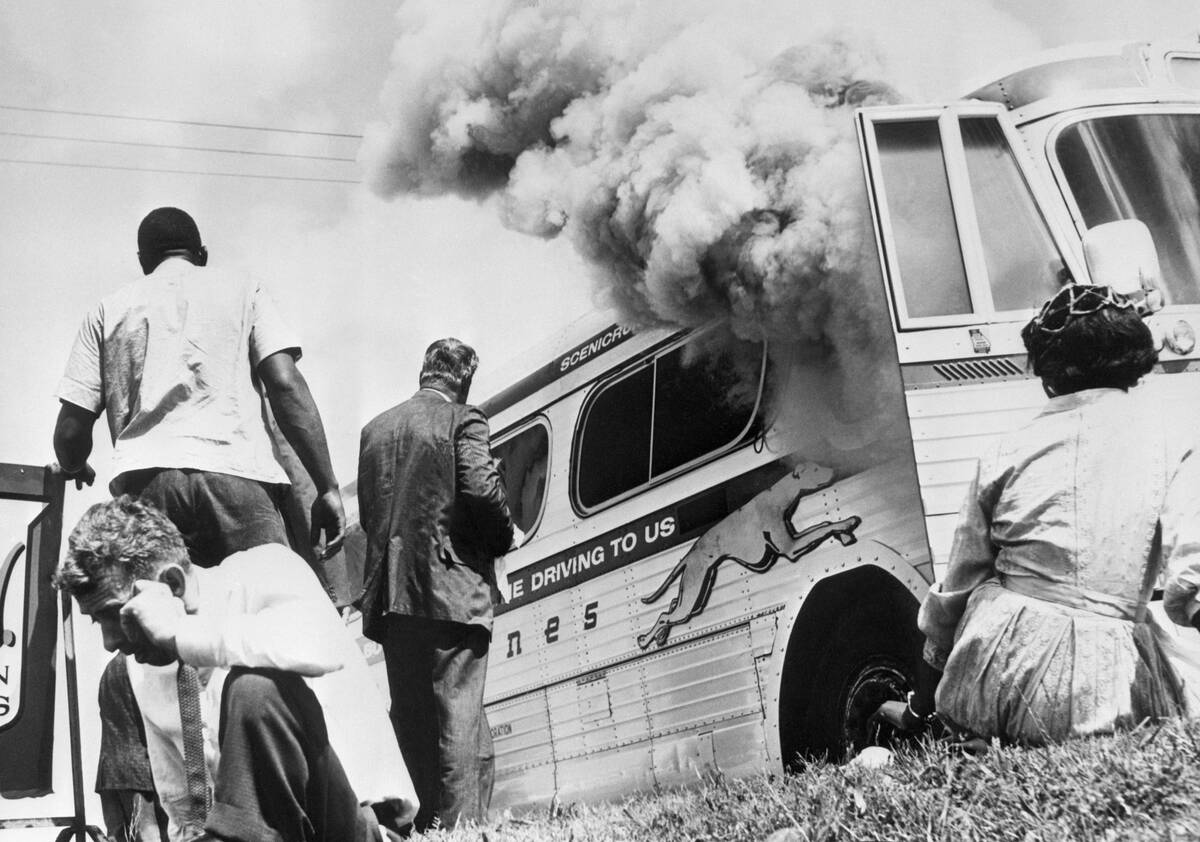
In 1961, groups of Freedom Riders, both Black and White, rode interstate buses into the segregated South to challenge non-enforcement of Supreme Court rulings.
Photographs of these brave individuals, who faced beatings and arrests, highlight their commitment to justice and equality. The images of Freedom Riders played a crucial role in raising awareness and garnering support for the desegregation of public transportation.
“James Meredith’s Enrollment at Ole Miss” – Breaking Barriers
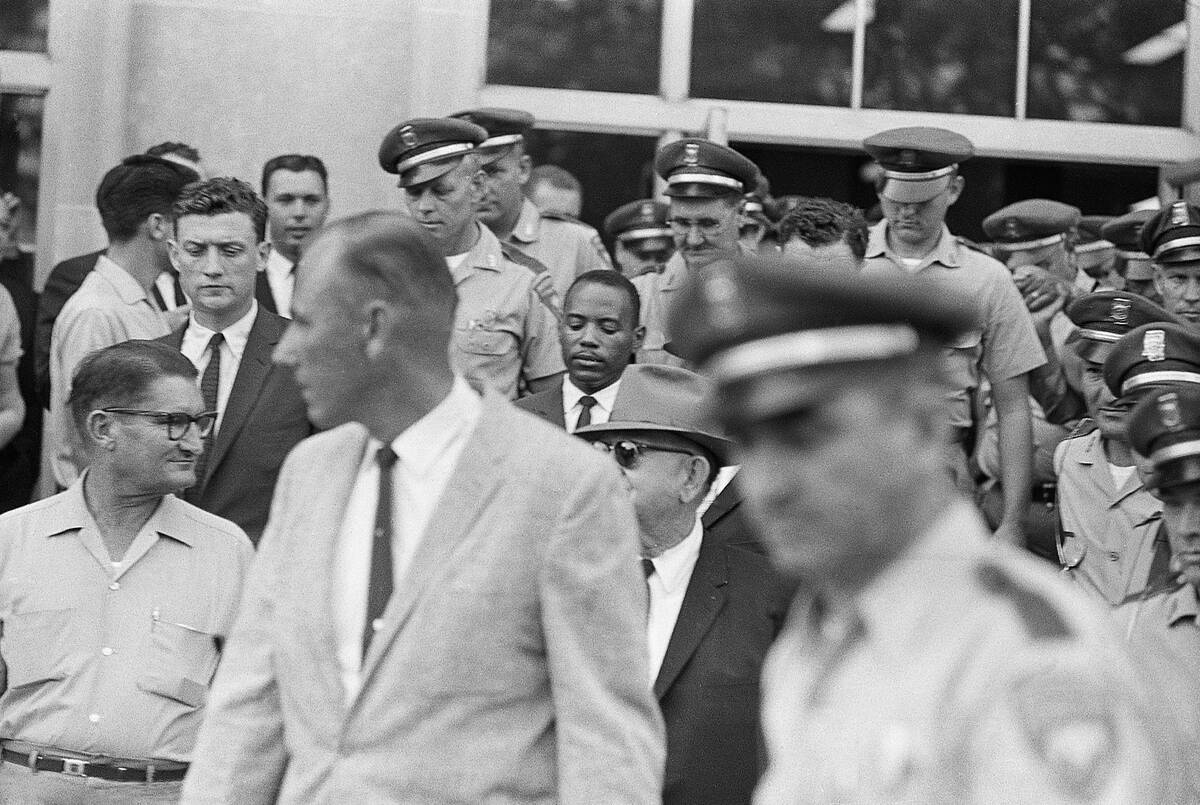
James Meredith’s enrollment at the University of Mississippi in 1962 was a significant moment in the Civil Rights Movement. As the first African American student at the university, his presence challenged racial barriers.
Photographs of Meredith surrounded by federal marshals amid violent riots emphasize the courage required to confront entrenched racism and the federal government’s role in enforcing desegregation.
“The Memphis Sanitation Workers’ Strike” – Struggle for Dignity
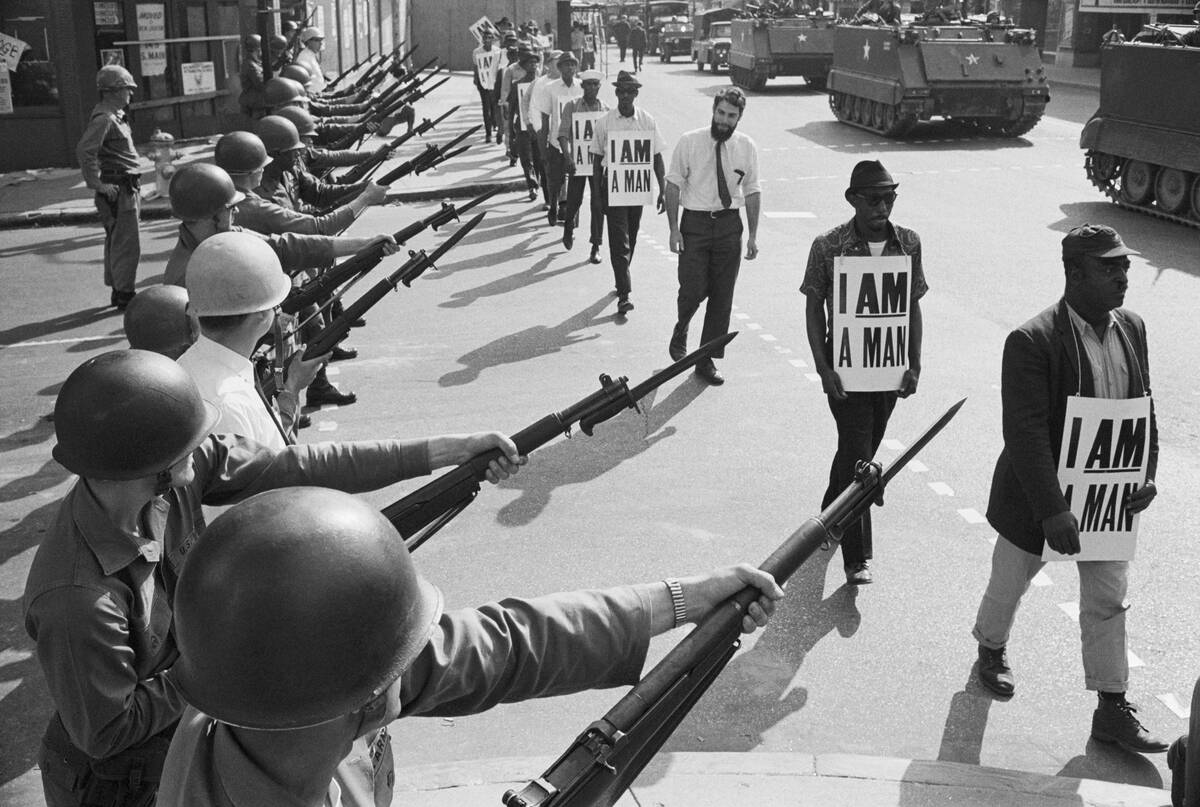
In 1968, the Memphis sanitation workers’ strike highlighted the intersection of labor rights and civil rights. Photographs of workers holding signs proclaiming “I Am a Man” underscore their demand for dignity and fair treatment.
Dr. Martin Luther King Jr.’s support of the strike, captured in poignant images, underscored the broader struggle for economic justice and human rights.
“Bloody Sunday” – The Turning Point of Selma
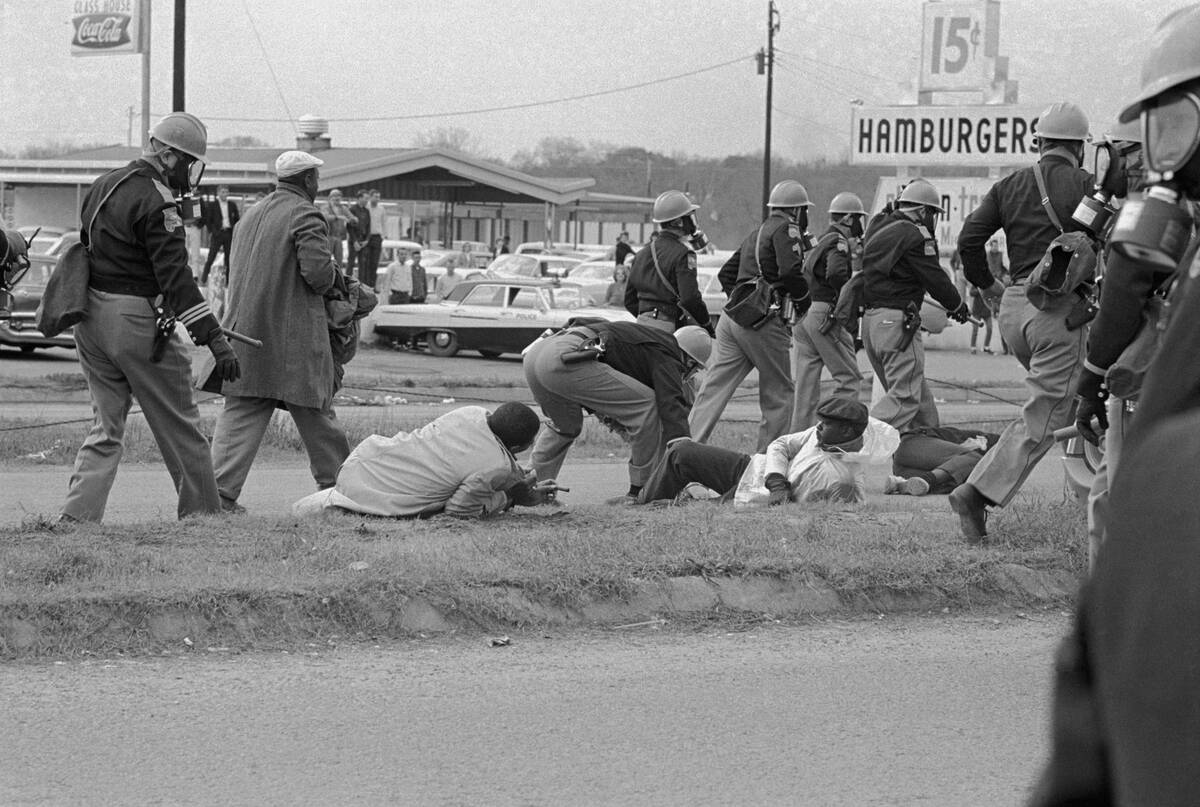
The events of “Bloody Sunday” on March 7, 1965, marked a pivotal moment in the Civil Rights Movement. As marchers attempted to cross the Edmund Pettus Bridge in Selma, Alabama, they were brutally attacked by law enforcement.
Images of this violence shocked the nation and became a catalyst for change, leading to increased support for the Voting Rights Act and highlighting the urgent need for reform.
“The Birmingham Children’s Crusade” – Youth in the Movement
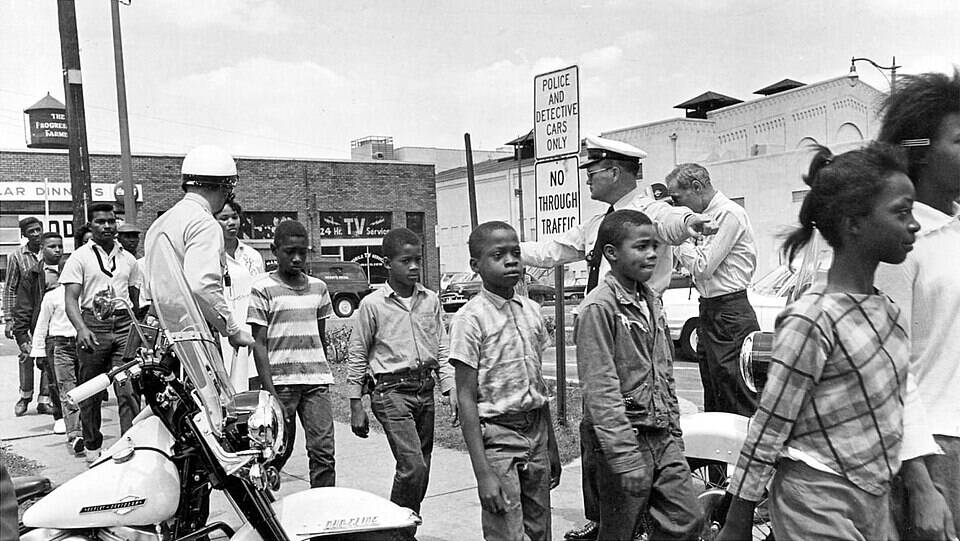
In May 1963, thousands of African American children participated in the Birmingham Children’s Crusade to protest segregation. Photographs of young marchers being arrested and attacked with fire hoses and dogs drew national attention to the Civil Rights Movement.
This result is precisely why both Martin Luther King Jr and Malcolm X opposed this protest measure, as they feared it would expose children to violence. These images emphasized the role of youth in the struggle for equality and the lengths to which authorities would go to maintain the status quo.
“Malcolm X at a Rally” – A Different Voice for Justice
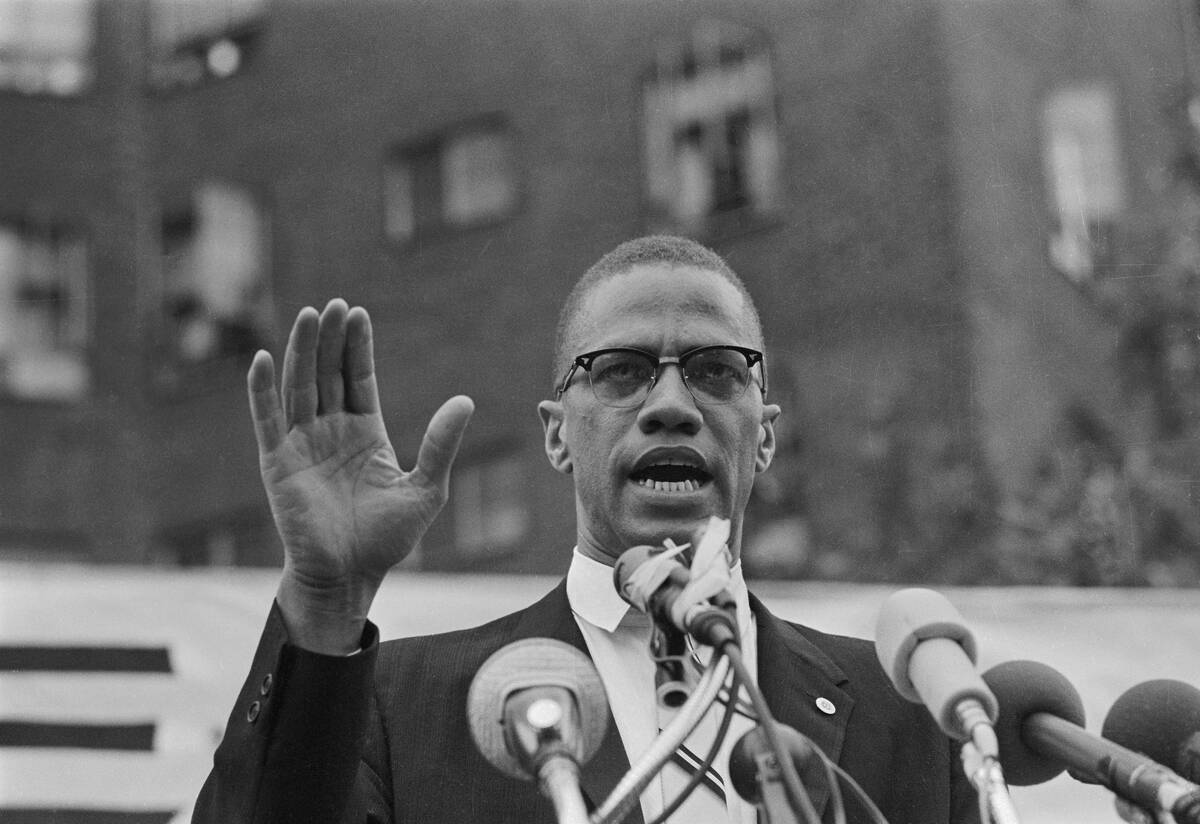
Malcolm X’s fiery speeches and uncompromising stance on racial justice offered a different perspective within the Civil Rights Movement. Photographs of him speaking at rallies capture his charisma and the intensity of his message.
These images highlight the diversity of thought within the movement and Malcolm X’s significant impact on the fight for African American empowerment and self-determination.
“Rosa Parks on a Montgomery Bus” – A Symbol of Resistance
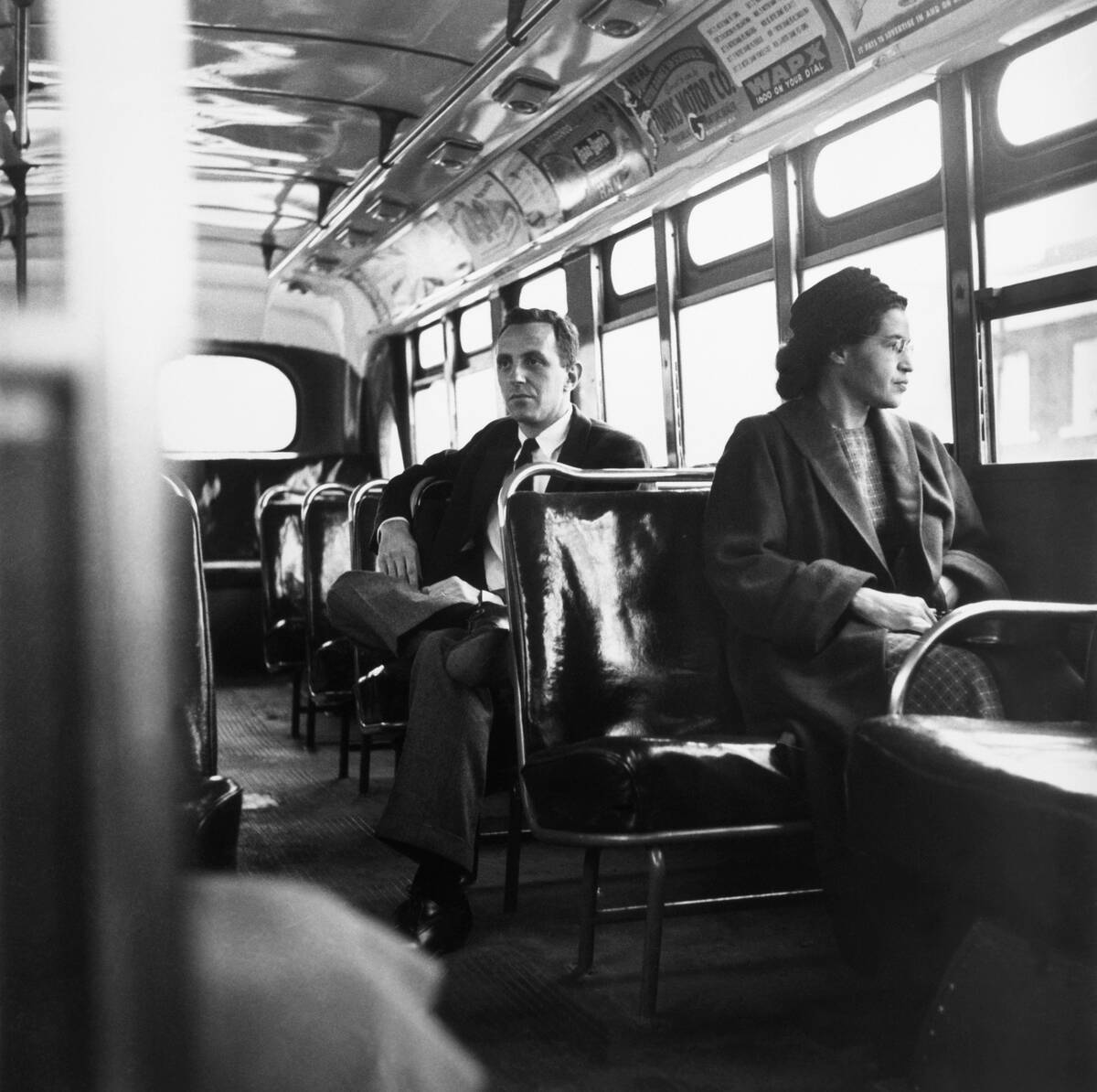
The photograph of Rosa Parks seated on a Montgomery bus after her arrest is one of the most iconic images of the Civil Rights Movement. Although her famous arrest took place on December 1, 1955, it’s unclear when exactly this photo was taken.
Parks’ quiet defiance became a catalyst for the Montgomery Bus Boycott, which lasted over a year and was a pivotal moment in the fight for civil rights.
“Medgar Evers’ Funeral” – Mourning a Martyr
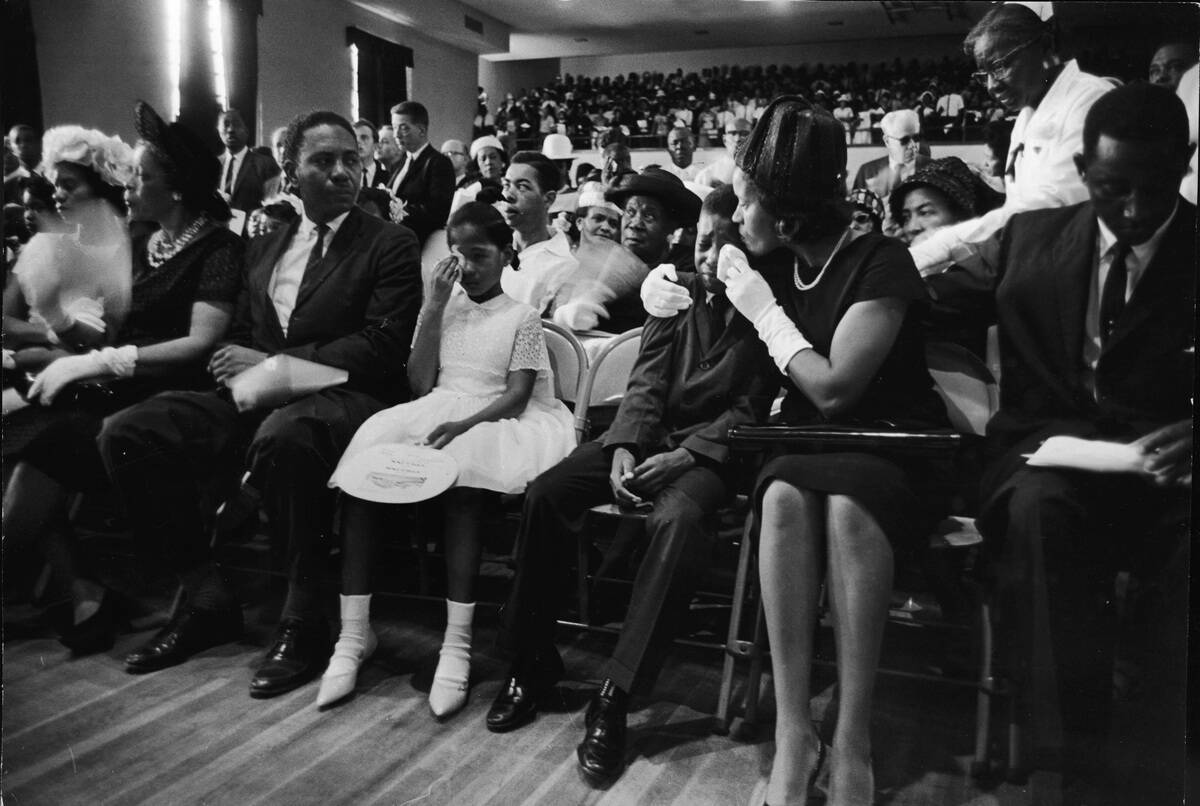
The assassination of Medgar Evers, a prominent civil rights activist, in 1963 was a tragic loss for the movement.
Photographs from his funeral, showing mourners and civil rights leaders paying their respects, captured the deep sense of loss and the resolve to continue the fight for justice. Evers’ legacy, immortalized in these images, serves as a reminder of the sacrifices made for the cause of equality.
“Fannie Lou Hamer at the DNC” – The Fight for Political Inclusion
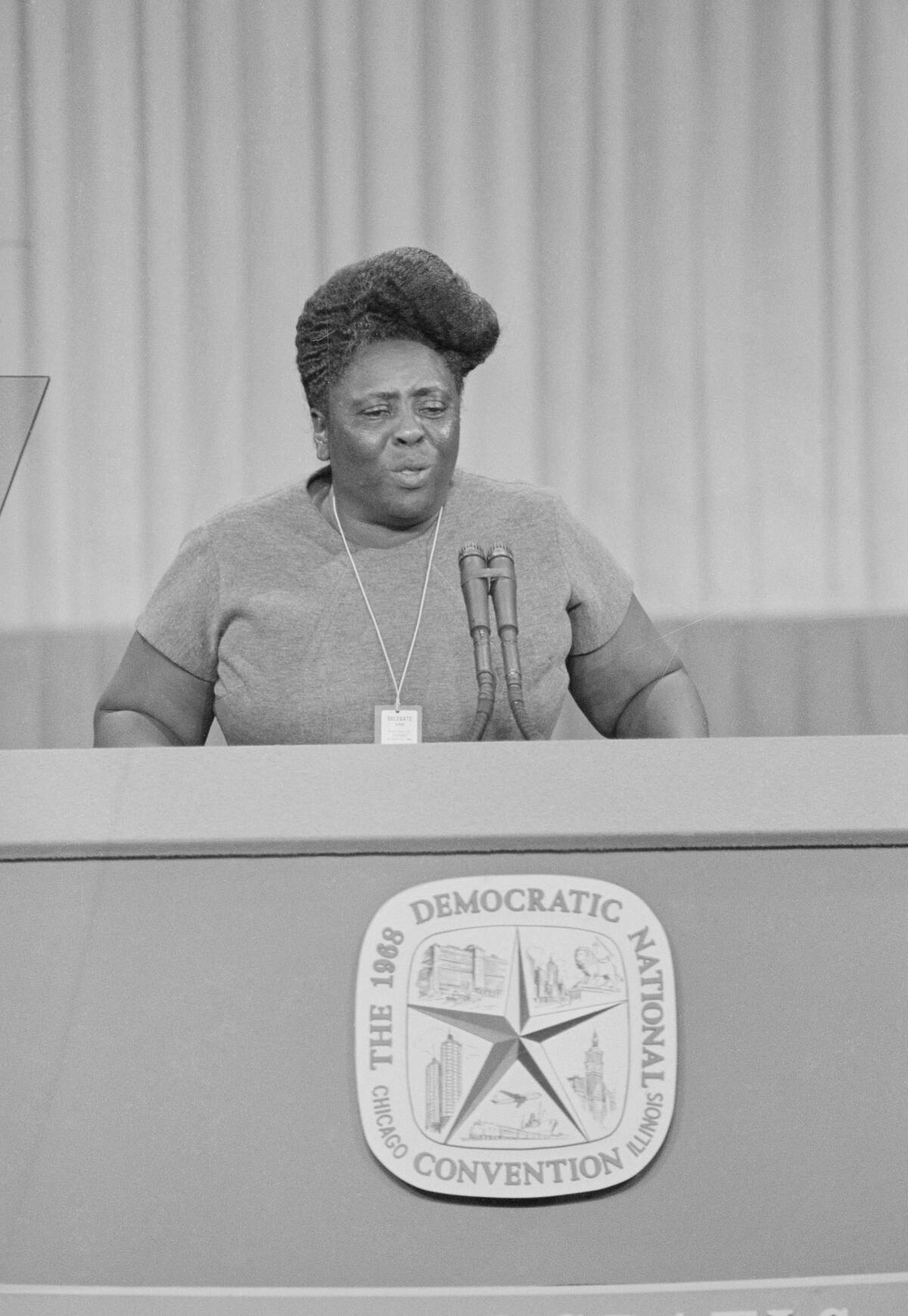
Fannie Lou Hamer’s speech at the 1964 Democratic National Convention brought national attention to the struggles faced by African Americans in the South.
Photographs of Hamer, a sharecropper turned activist, speaking passionately about voter suppression, highlighted the need for political inclusion. Her powerful testimony helped pave the way for the Voting Rights Act and underscored the importance of having diverse voices in politics.
“The Loving Couple” – Love Knows No Color
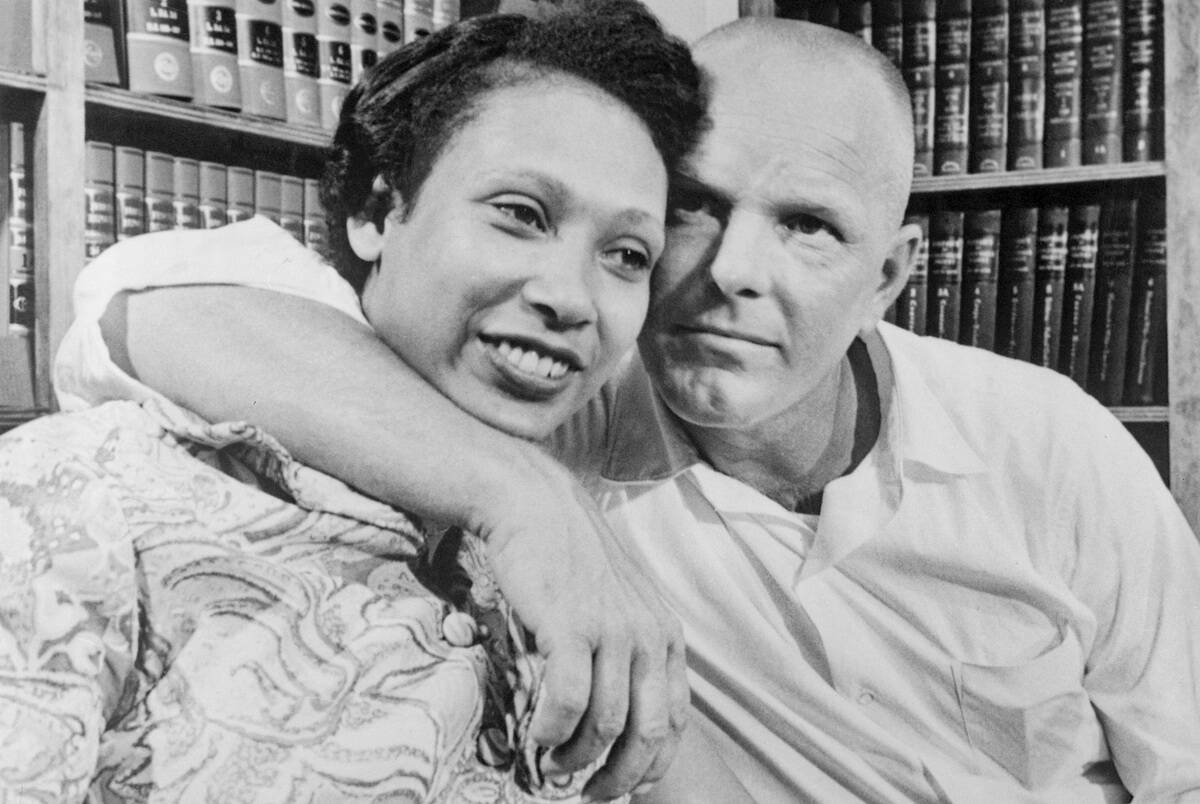
The story of Richard and Mildred Loving, captured in photographs, challenged racial boundaries in the United States. Their interracial marriage led to the landmark Supreme Court case, Loving v. Virginia, which struck down laws banning interracial marriage.
Images of the Lovings, a couple deeply in love, symbolized the triumph of love over prejudice and the ongoing fight for civil rights and equality.
“Ruby Bridges Goes to School” – The Face of Integration
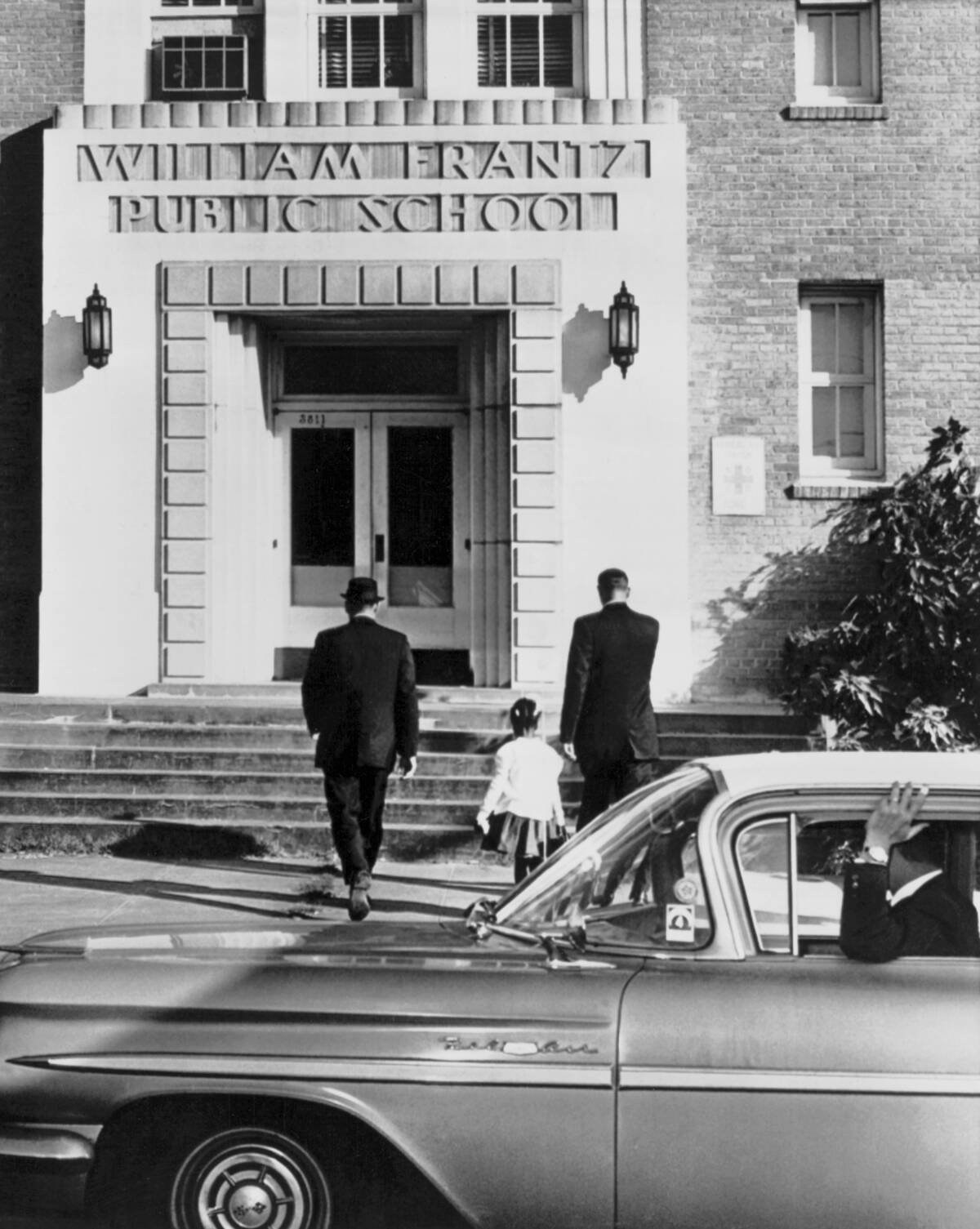
In 1960, six-year-old Ruby Bridges became the first African American child to integrate an all-white elementary school in the South. Photographs of Ruby, escorted by federal marshals amid jeering crowds, illustrate the challenges of desegregation.
Her bravery at such a young age made her a symbol of the larger struggle for integration and the ongoing battle against racial discrimination in education.



